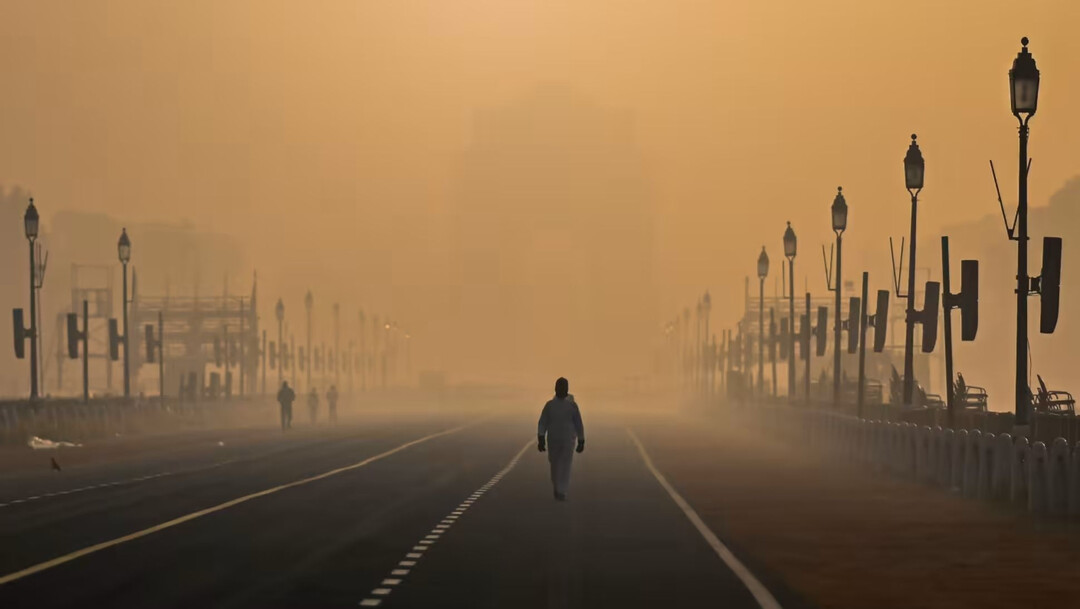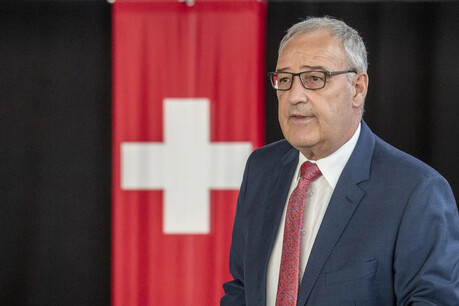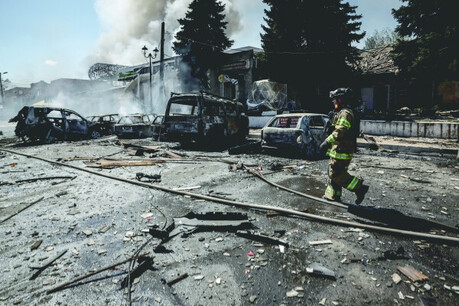
Global air pollution remains a critical health crisis, with a new study revealing that only a handful of nations meet the World Health Organization's (WHO) stringent air quality standards. The research, conducted by Swiss technology company IQAir, paints a stark picture of widespread pollution, highlighting the urgent need for global action.
IQAir's comprehensive analysis, which examined data from more than 40,000 air quality monitoring stations across 138 countries, found that only seven nations comply with the WHO's annual guideline for PM2.5 particulate matter. This guideline stipulates that annual average PM2.5 levels should not exceed 5 micrograms per cubic meter (µg/m3). PM2.5 particles, which are incredibly small, can penetrate deep into the lungs and bloodstream, posing serious health risks.
The countries that meet the WHO standards are Australia, New Zealand, Bahamas, Barbados, Grenada, Iceland, and Estonia. Conversely, nations in Central and South Asia, and Africa, are experiencing dangerous levels of air pollution.
Chad has the most polluted air in the world, with PM2.5 levels 18 times higher than the WHO guideline. Other countries with extremely high pollution levels include Bangladesh, Pakistan, the Democratic Republic of Congo, and India. India, in particular, has 11 of the world’s 20 most polluted cities. Although India has had a 7% reduction in PM 2.5 levels from 2023 to 2024, it still has very high levels of air pollution. Byrnihat and New Delhi are among the most polluted cities in the world.
The study also highlighted the disparity of air quality data. Many low income countries do not have the resources to properly monitor air quality. This creates data gaps, and makes it harder to understand the global impact of air pollution. Oceania was named as the cleanest region, with 57% of it's cities meeting WHO air quality standards. Mayagüez, Puerto Rico was labeled as the cleanest metropolitan area, with a annual PM 2.5 average of 1.1 µg/m3.
This research underscores the urgent need for governments and organizations worldwide to implement effective strategies to reduce air pollution and protect public health.
[Copyright (c) Global Economic Times. All Rights Reserved.]






























